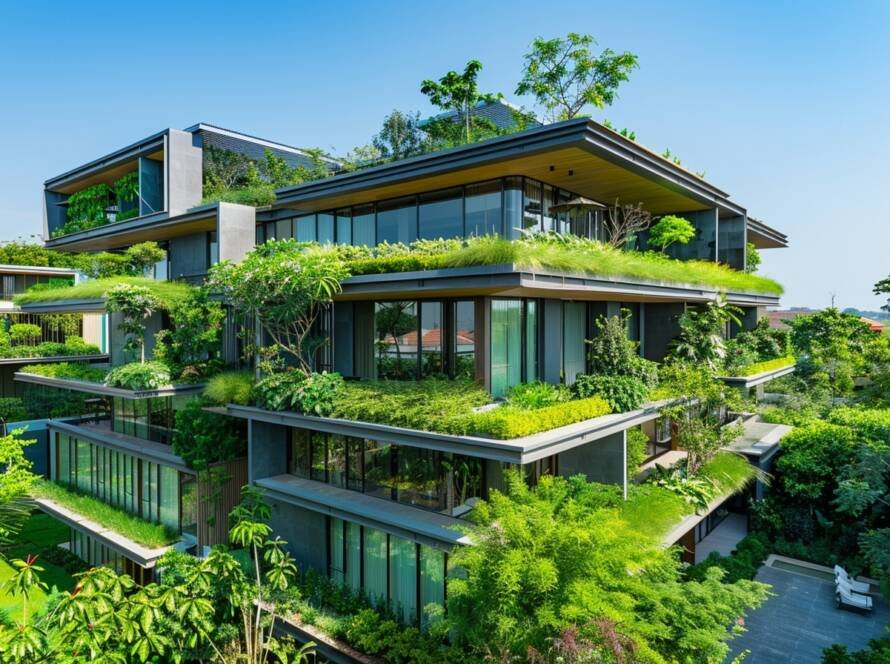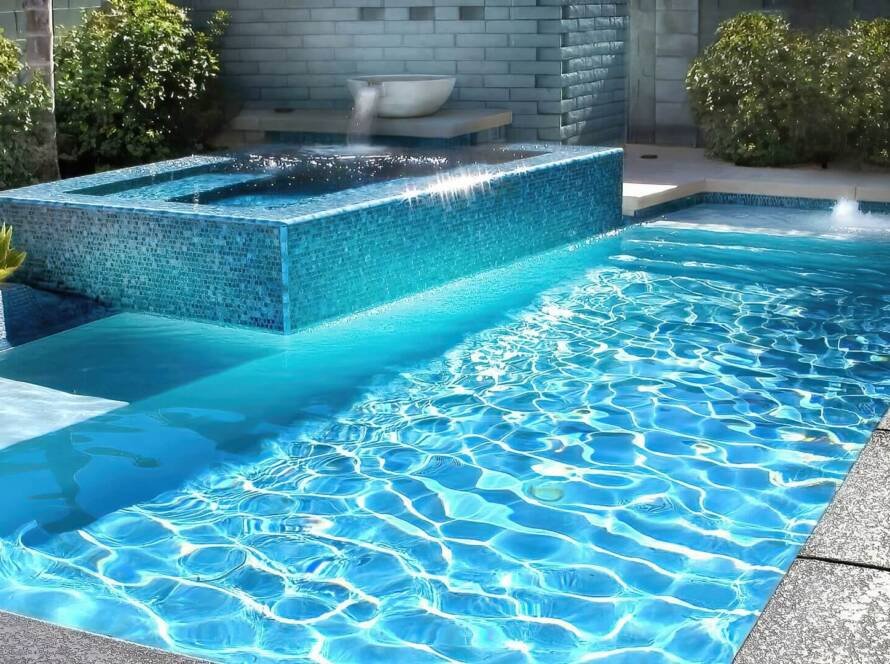A water-saving solution for arid climates focuses on innovative technologies, strategies, and designs aimed at reducing water usage, improving efficiency, and conserving this precious resource in regions with limited water availability. Here’s a breakdown of such a solution:
1. Drought-Resistant Landscaping (Xeriscaping):
- Description: Xeriscaping involves using native and drought-tolerant plants that require minimal water once established. This landscaping method focuses on reducing the need for irrigation, thereby conserving water while maintaining a visually appealing outdoor space.
- Key Features: Use of mulch to reduce evaporation, selecting low-water plants, and efficient irrigation systems such as drip irrigation.
2. Rainwater Harvesting Systems:
- Description: Collecting and storing rainwater for use in irrigation, cleaning, or even potable water (with proper treatment) reduces dependence on local water supplies. These systems can be installed in homes, businesses, and public buildings.
- Key Features: Gutter systems that direct rainwater into storage tanks, filtration systems to ensure water is clean, and pumps for distribution.
3. Water-Efficient Irrigation Technologies:
- Description: Advanced irrigation techniques like drip irrigation, which deliver water directly to the plant roots, significantly reduce water waste. These systems minimize evaporation and runoff, ensuring water is used efficiently.
- Key Features: Timers and sensors to regulate the amount of water being used, reducing excess watering, and smart irrigation systems that adjust based on weather patterns.
4. Water Recycling and Reuse:
- Description: This involves the reuse of wastewater (from showers, sinks, etc.) for non-potable purposes, such as irrigation or industrial uses. In arid climates, this practice is crucial to ensuring water sustainability.
- Key Features: Greywater recycling systems, filtration and purification units, and safe reuse practices.
5. Desalination:
- Description: Desalination is the process of removing salts and minerals from seawater, making it suitable for human consumption and agriculture. Although energy-intensive, this method provides a new water source for coastal regions.
- Key Features: Reverse osmosis or distillation processes, along with efficient energy use to reduce environmental impact.
6. Smart Water Monitoring Systems:
- Description: Technologies such as sensors and smart meters that monitor water usage in real-time help identify leaks, inefficiencies, and overuse, enabling prompt action to conserve water.
- Key Features: Alerts for abnormal water use, data analysis to optimize water usage, and integration with irrigation or household water systems.
7. Water-Efficient Appliances and Fixtures:
- Description: Installing low-flow faucets, showerheads, and toilets can reduce household water usage by significant amounts. These appliances maintain comfort while cutting down on water consumption.
- Key Features: Low-flow showerheads, dual-flush toilets, and water-saving dishwashers and washing machines.
8. Public Awareness and Education:
- Description: Community-based initiatives, educational campaigns, and policy frameworks can encourage water-saving behaviors among residents, businesses, and industries. Awareness of water conservation methods can significantly reduce overall demand.
- Key Features: Workshops on efficient water use, incentives for using water-saving technologies, and public outreach programs.




